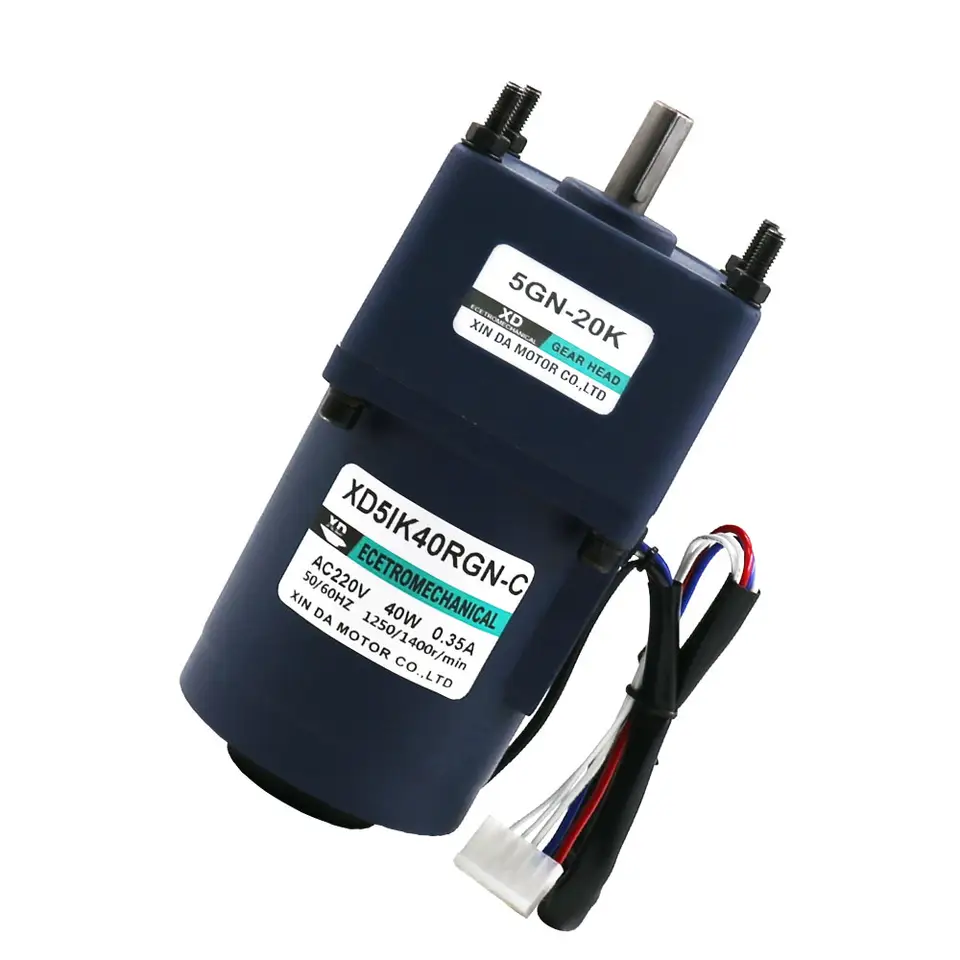A few points to note when choosing an AC or DC geared motor
When designing and manufacturing new products, the use of geared motors can maximize their efficiency and potential. Select AC geared motor or DC geared motor according to application requirements ( miniature geared motor , vertical geared motor or horizontal geared motor may also be related to your actual application scene), which can ensure that it is your ideal pick.

a. Take the list of application requirements you gathered and compare it to the specifications of DC and AC geared motors of interest, such as general-purpose brushless DC geared motors, AC induction motors, and permanent magnet motors. Instead of a pre-engineered geared motor, you will most likely find that selecting the gearbox and geared motor separately may be the right fit for your application
When selecting a geared motor, the correct torque and speed are important. Use manufacturer or supplier performance curves for torque, speed and efficiency to find the geared motor that meets your needs. After finding some performance curves, yield strength, and pull-up torque that meet the application needs, check design constraints (such as thermal characteristics) to narrow the selection. After picking out an AC or DC geared motor, your job won't be done. Run several tests to ensure that the geared motor is performing well under typical operating conditions and is not overheating, overvoltage, or noisy.



























 XINDA
XINDA